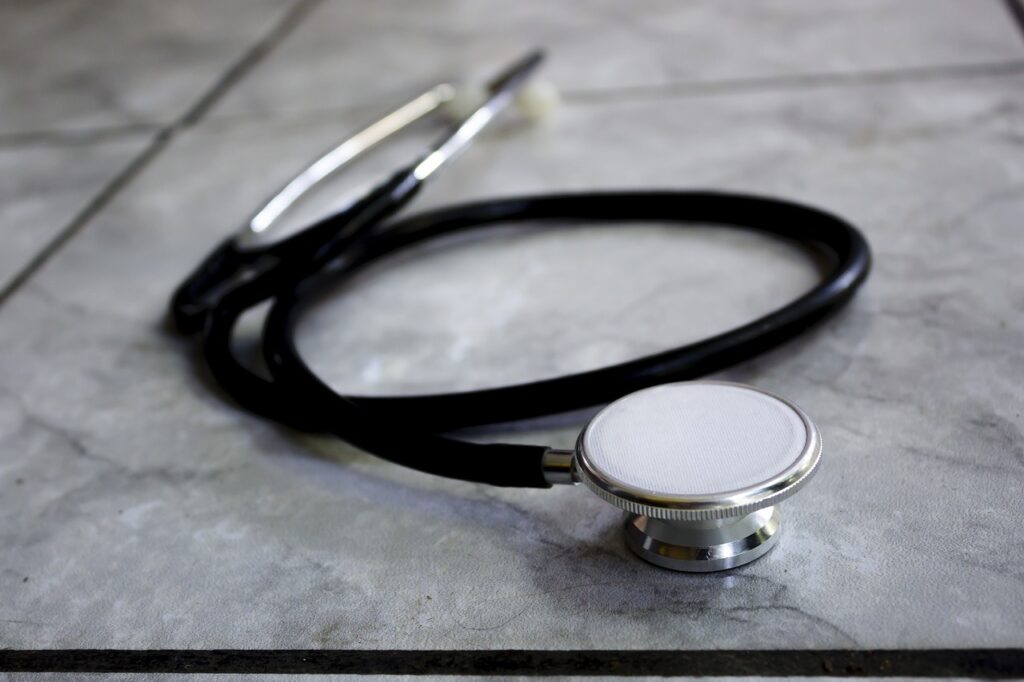Medical Equipment Being Sterilized With Toxic Gas?
Medical device sterilization plants use ethylene oxide, a toxic gas that has been linked to cancer and liver damage by the EPA.
This article is more than 2 years old

A toxic gas used to sterilize medical equipment, as well as spices, is being challenged by the EPA because it causes cancer. And, not surprisingly those in the medical sterilization industry are not happy about it. They propose that more folks will have to wait longer to get necessary procedures. Others say that getting cancer is more of a risk.
According to CNN, the toxic gas in question is called ethylene oxide, and it has been linked to liver damage and other health issues in children. The EPA is now proposing tougher air pollution standards to reduce the amount of emissions from medical device sterilization plants that use ethylene oxide.
The pushback against the new proposed regulations isn’t surprising either; however, federal authorities have said that the risks to public health from the toxic gas outweigh any potential economic hardship to sterilization plants.
The debate over the toxic gas issue continues, and it’s clear that both sides want what is best for those affected by ethylene oxide exposure. It remains to be seen how the EPA’s proposed regulations will affect medical sterilization in the future. In the meantime, children’s livers are under attack from a virus that is spreading throughout the world.
Tap water in homes is being found to be contaminated with dangerous chemicals and medicines that can cause serious health problems. Amazon has also come under scrutiny for selling illegal medical products and devices.
Even with the EPA’s proposed regulations, it can be difficult for communities to protect themselves against the risks posed by the toxic gas known as ethylene oxide exposure. However, there are measures that can be taken to reduce overall exposure, such as installing air filtration systems and ventilating areas where ethylene oxide is used.
With continued education and collaboration between medical sterilization facilities, communities, and government agencies, communities can work together to reduce the risks posed by ethylene oxide and toxic gas exposure.
Through proactive measures like air filtration, ventilation, and monitoring of environmental conditions, we can protect our children’s health and create a safer environment for generations to come. Ultimately, it is up to us to take the necessary steps to ensure a healthy future.
It’s not all bad news, though: there are technologies available that can help identify and reduce exposure to ethylene oxide. The EPA has developed a Risk Management Program (RMP) to assess the potential risks of this hazardous toxic gas.
This program helps facilities comply with regulations while providing data and information on how to reduce or eliminate exposure to ethylene oxide.
Additionally, many companies have instituted strict safety protocols, such as requiring the use of personal protective equipment and providing training on proper handling techniques to combat the toxic gas. By following these guidelines, we can help protect ourselves and the environment from potential harm.
Finally, it is important to remember that ethylene oxide is an essential part of many industrial operations. However, by taking proactive steps to reduce overall emissions, we can create a healthier future for everyone. By continuing to work together to identify solutions and reduce exposure, we can ensure that this important chemical does not pose a risk to the environment or our safety.





